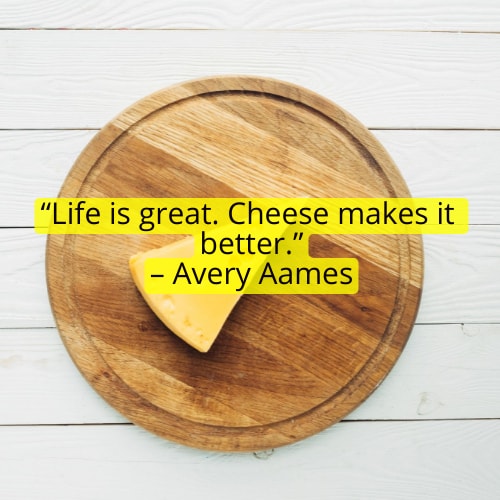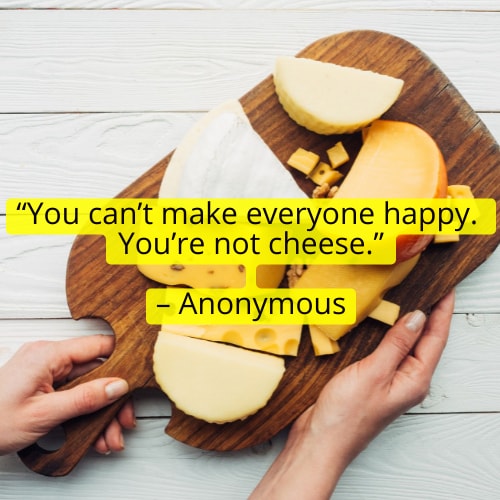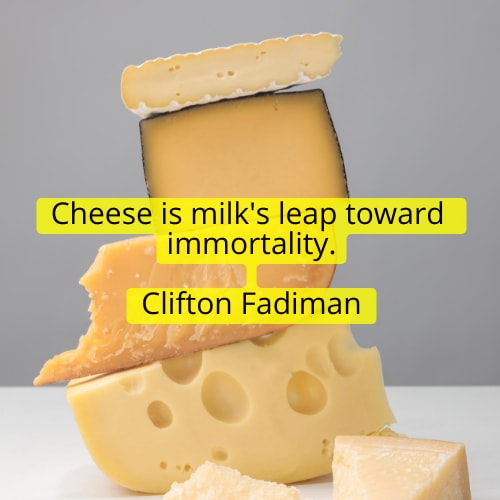Why Restaurants Should Serve Cheese as the Main Course
Since I reported on the darkest corners of the meat industry last year, I haven’t been able to eat anything with a face. It’s a workplace hazard, I guess. Dining on vegetables and grains and tofu is going fine, thanks, but I hadn’t realized how much I’ve been missing the dopamine hit that comes with something like a salty piece of fried chicken, until I was recently presented with a big hunk of cheese at Gem Wine in New York City.
The waiter plopped down our main dish: a voluptuous wedge of salt-flecked gouda haloed by sturdy slices of firm-but-sweet pear, flanked by a pile of marinated peppers and a plate of roasted celery root. I can’t tell you where in the world the cheese came from, or exactly how bad dairy production is for cows and the environment (fairly, probably), but I do know the sight of it made me foam at the mouth. The heft of the smooth-bottomed cheese knife felt powerful in my hand, and the thick wedge fought back, tugging at the blade in a way mushrooms could never. The flaky, misshapen bits of cheese melted in my mouth, filling the fatty, salty, meat-shaped hole in my heart.
At the end of that meal I sat back in my chair, unbuttoned my cargo pants, and sighed with satisfaction. Then, I started to wonder: Why is large format cheese not the norm at restaurants?
Before you point at the mélange of cheese boards on menus around the country, please hold. Little bits of cheese just don’t have the same carnal appeal as one huge chunk. They’re also less equitable; while you’re focusing on the aged goat, your “friend” has already finished up the matchbox-sized brie sitting stage left. All is fair in love and big cheese. Whether or not you eat meat, I propose that we think of big cheese like we do a roasted branzino or a half-chicken: a sharing dish that can be easily accessorized with a rainbow of veg-heavy small plates.
To be sure, Gem isn’t the inventor of Big Cheese. An eight-minute walk away, the Greek restaurant Kiki’s…
..


